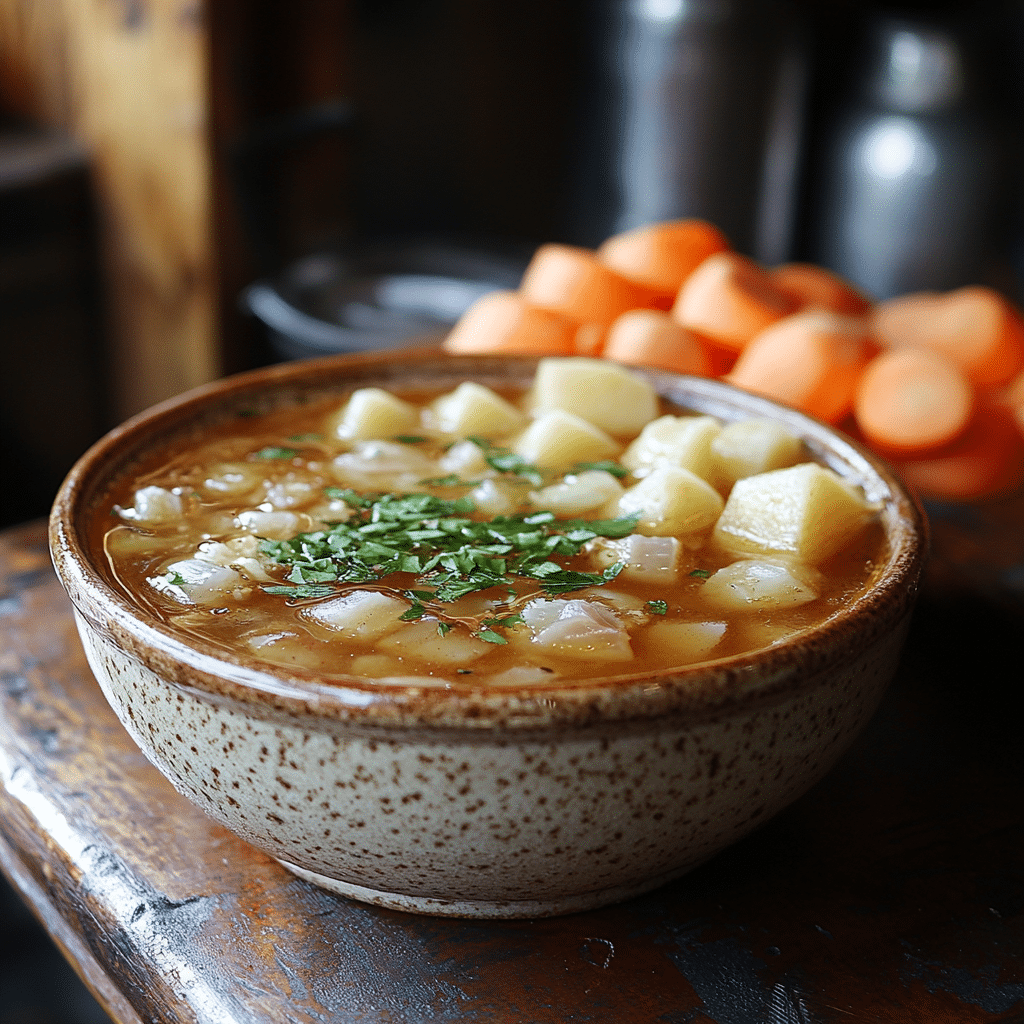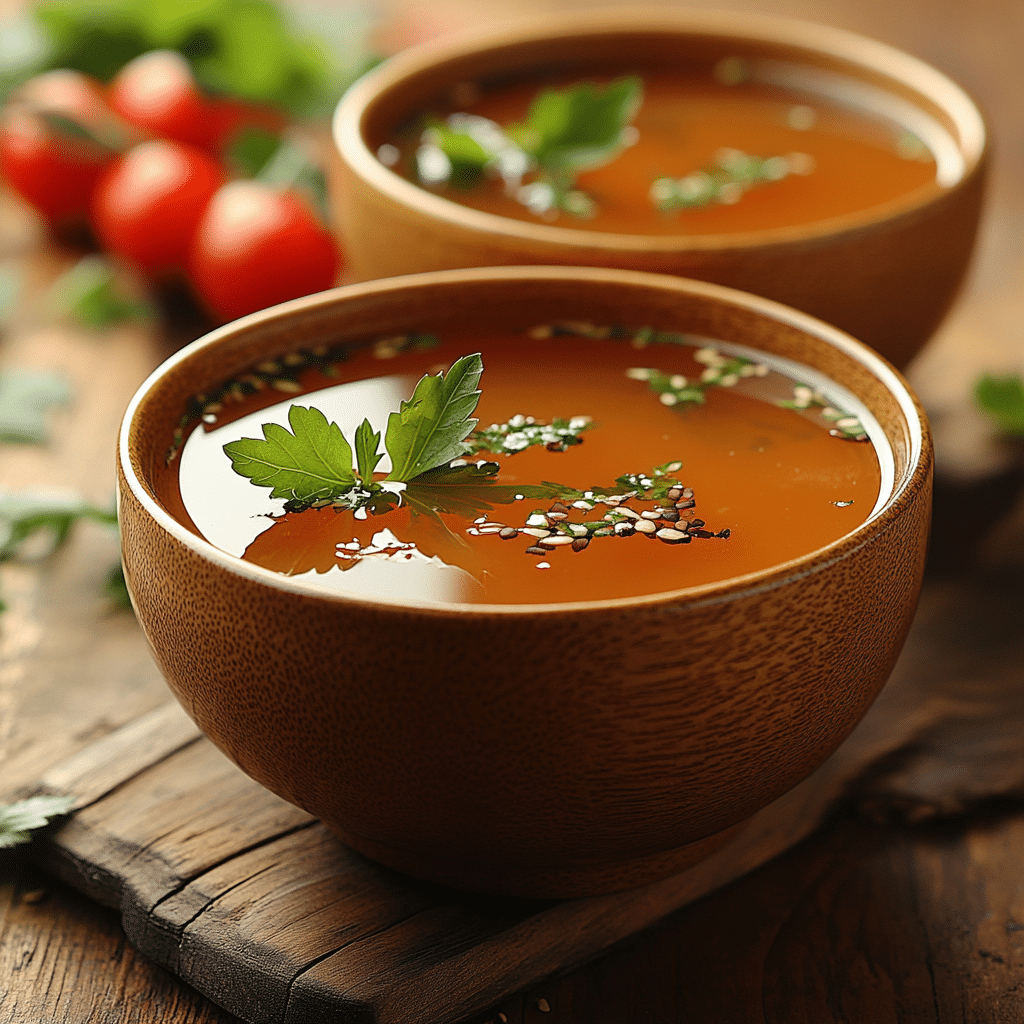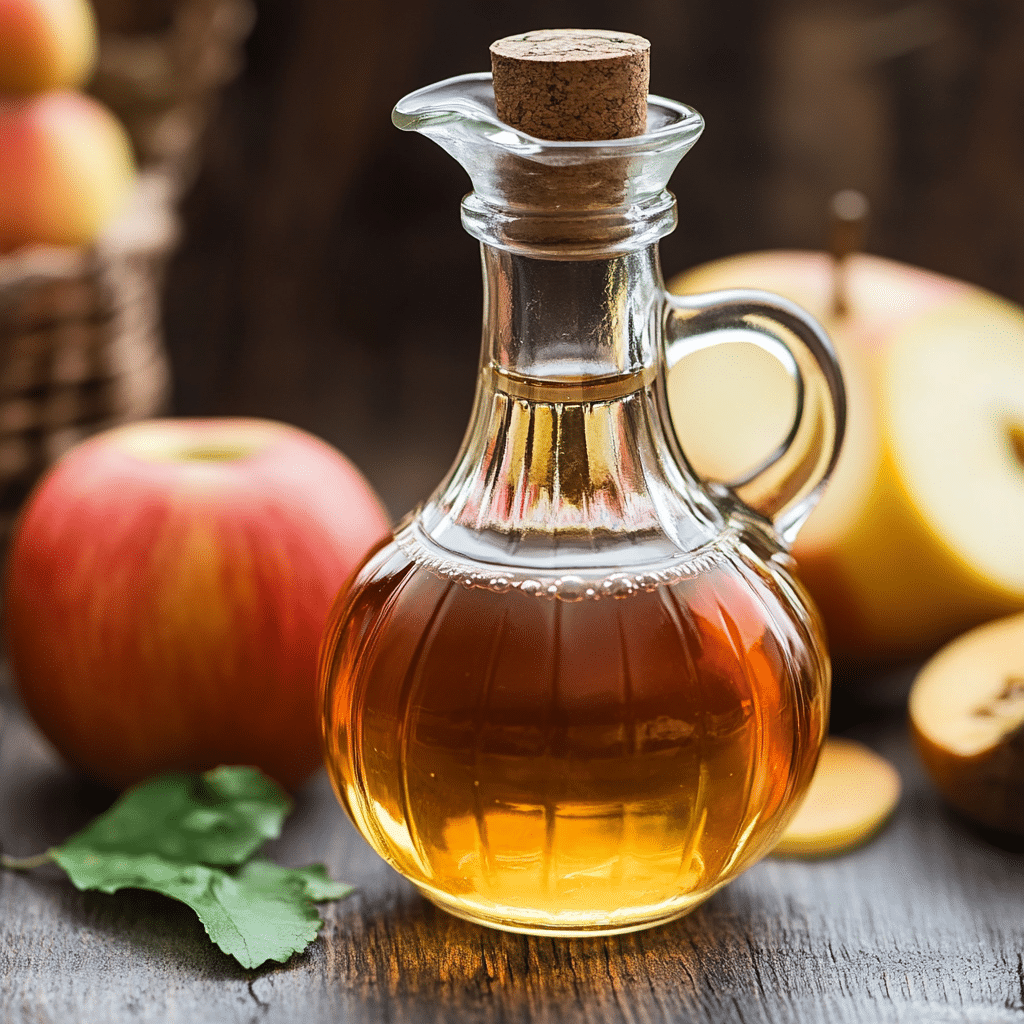In the journey to a shredded physique, every meal counts—so let’s spice things up! Today, we’re diving headfirst into the culinary showdown of stock vs broth. Both game-changers in the kitchen, they hold distinct advantages that can elevate your meals, boost nutrition, and yes, even help you reach your muscle-building goals. Understanding the nuances between stock and broth will definitely enhance your cooking game. So, let’s get into it!

5 Essential Differences Between Stock and Broth

1. Base Ingredients
Stock primarily focuses on bones, often simmered with a sprinkle of meat and aromatics. Brands like Swanson’s Professional Grade Chicken Stock use bones to extract collagen, creating a luxurious mouthfeel perfect for hearty recipes. Meanwhile, broth is all about the meat itself, seasoned for immediate use. Health-conscious brands such as Kettle & Fire emphasize using high-quality, organic chicken to produce lighter broths that are ready to enjoy right off the bat.

2. Cooking Time
Stock requires a longer simmering timeframe, typically simmered for hours, to coax out the gelatin and flavors from the bones. Just picture a homemade beef stock simmering overnight, enriching your dishes with deep, savory goodness. In contrast, broths cook up quickly, in about 30 minutes to a few hours, making them a savvy choice for those hectic weeknight dinners.
3. Flavor Intensity
Thanks to its bone-based origins, stock boasts a heavier, richer flavor. This makes it a powerhouse for hearty soups, stews, and sauces, like those dreamy French onion soups you crave. Seek out brands like Bone Broth Co for stock that delivers deep, rich flavors. On the flip side, broths are generally lighter—perfect for sipping or in light soups. Some chefs recommend brands like Pacific Foods for their balanced, ready-to-drink broths that pack a wholesome punch.
4. Nutritional Profile
When you talk about health benefits, stock often steals the spotlight due to its higher gelatin content. Gelatin’s known for its gut health perks and its benefits for skin elasticity. Wondering how beef tallow for skin can fit in? Using stock as a base for soups can fortify collagen intake, leading to fantastic nourishment. Broth, while loaded with vitamins from herbs and veggies, may not pack in as many minerals as its stock cousin due to the shorter simmering time.
5. Usage Versatility
Stock shines in recipes aiming for complex layers of flavor—think sauces, gravies, or a commanding risotto dish. Chefs often depend on brands like College Inn for a flavorful stock base. Broth easily takes center stage in quick meals like noodle soups or grain dishes. Pouring broth over steel cut oats or even rolled oats can turn your breakfast into a hearty, nutritious start to the day.

How to Incorporate Stock and Broth into Your Cooking
1. Soups and Stews
For depth in your next soup, go for stock. It transforms classic dishes into sumptuous experiences, giving each spoonful a comforting richness. Broth, however, can create light and nourishing soup options. Drizzle with a bit of olive oil to enrich that simple bowl—delicious!
2. Grains and Legumes
Stock isn’t just for soups; it works wonders for grains too! Why not cook your steel cut oats in stock? The savory flavor will rock your breakfast routine. For a lighter take, use broth when preparing rolled oats. It’ll give them a subtle twist that your taste buds will absolutely adore.
3. Sauces
Delve into sauce-making like a pro! Reduce stock to concentrate its flavors and craft exquisite toppings for that Sunday roast. Combine broth with leftover meats to create a unique sauce that pairs well with everything—yes, even those two hands corn dogs you love!
4. Health Benefits
Incorporate stock into your soups to really harness those skin-nourishing collagen benefits. It not only tastes outstanding, but it also delivers significant health boosts. Broth can be a great addition to your regimen too, acting as a potent source of hydration and minerals—keep those muscles fueled!
5. Creative Combinations
Let your culinary creativity flow! Try using stock as a base for vibrant curries, intensifying their flavor quotient. Mix broth with seasonal vegetables for a refreshing side dish that compliments any meal beautifully.
Navigating the differences between stock and broth can seem tricky, but it’s worth it. Each has its own set of characteristics that influence cooking techniques, provide different health benefits, and produce unique flavors. By mastering the art of stock vs broth, you’re on your way to unlocking new possibilities in your cooking adventures.
In this age where food is more about enjoyment and health, incorporating stock and broth into your meals can significantly elevate your cooking game. Whether you’re a novice cook or a seasoned chef, knowing how to leverage these ingredients could be your golden ticket to a tastier, healthier diet. Embrace the difference and aim for greatness—your body will thank you for it!
For more health insights, don’t miss checking out the best Ashwagandha supplement that can complement your nutrition, or explore the benefits of using Oatmilk in your favorite recipes. Equip your home gym with the right tools—consider getting some kettle Bells to keep those gains coming! And don’t forget to explore the power of infrared light therapy for recovery. Let’s get shredded, folks!

Stock vs Broth: Fun Trivia and Interesting Facts
The Basics of Stock and Broth
When diving deep into the stock vs broth debate, it’s fun to note that both have been culinary staples for centuries. Stock is generally made by simmering bones, while broth is crafted from meat and vegetables. This difference may seem subtle, but it really showcases how chefs across cultures, like those in top kitchens you might find at Thestaurant, have found ways to elevate flavor profiles in dishes. Did you know that in ancient Rome, broth was regarded as a nutritious sustenance for the sick?
On the flip side, there’s a treasure trove of nutrients you get from stock, making it a favorite for many chefs. It’s commonly used as a foundation for sauces and soups, while broth often shines in more straightforward dishes. The fine line between them can be as delicate as picking the right concert Outfits for an outdoor gig; both need to be executed perfectly to hit the right notes.
The Rich History Behind Each
Comparing stock vs broth also leads us to some juicy trivia! Stock has been around longer, tracing its roots to ancient cooking practices where every part of an animal was utilized. Meanwhile, broth became popular in different cultures for its perceived health benefits, much like how people these days flock to Melbourne airport for a quick getaway, seeking that soothing bowl of soup. Interestingly, in Japan, the word “dashi” refers to a basic stock made from seaweed and fish, providing a taste of umami beloved in many traditional dishes.
And here’s a delightful tidbit: both stock and broth can be frozen for future use. This preservation method is a lifesaver during busy weeks, much like how Shiori can be a comforting name when referring to someone special. It’s a way to ensure you always have a flavor-packed base ready to rock, whether you need it for a hearty stew or a delicate sauce.
Culinary Tips You Can’t Miss
So, how do you decide whether to reach for stock or broth in your cooking? That’s where understanding the flavors can transform your dishes. For rich, deep flavors, stock is your best bet. For something lighter, broth comes to the rescue. This choice can literally make or break your dish, just like Angelica Rivera has captivated fans with her charm—it’s all about that engaging presence.
Lastly, if you’re curious about health benefits, bone stocks are often prized in wellness circles for their collagen content. They’re like liquid gold, offering everything from joint support to glowing skin. So when you pit stock vs broth against each other, remember that both have their distinct roles in your recipe arsenal and can elevate your cooking game to new heights.



























